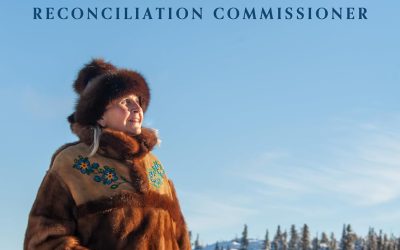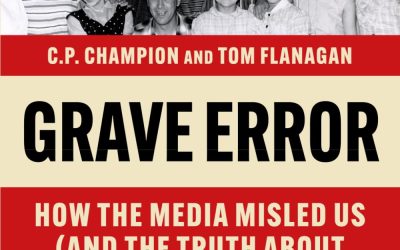Rachel Carson’s book Silent Spring, published over half a century ago, lent itself for organic activists to “cherry-pick” from her writings and to adopt the prevalent view that anything synthetic is bad and everything natural is good.
A mere handful of organic practitioners recognize the work done by luminaries such as Sir Albert Howard (1873-1947) and Lady Eve Balfour (1899-1990).1 By always relying on testing and experiment, and always having their results subjected to peer review, Howard and Balfour, along with a handful of early organic scientists,2 provided a sound foundation for organic farmers to follow. Unfortunately, in spite of their distinctly scientific contributions, Rachel Carson (1907- 1964) receives all the credit for giving rise to what would become the organic movement.
Carson’s approach by contrast was barely scientific; more of a call to arms for fledgling activists. As such, her 1962 New York Times best seller, Silent Spring,3 cast a dark shadow on Howard’s and Balfour’s much more enlightened approach. Their works are mentioned occasionally, in passing, more out of a sense of duty than in terms of recognizing anything significant about their impact. Carson, meanwhile, is quoted more than Matthew, Mark, Luke and John and takes the organic cake when it comes to feeding the crowd what it wants to hear rather than what it needs to hear in the anti-technological nightmare unfolding before our very eyes.
Vulnerable as Carson’s words were to exploitation, her ideas were twisted almost immediately after her death. She is not the first, but she is without a doubt the most famous author to warn that pesticides are potential “elixirs of death,” claiming there is “no ‘safe’ dose” and urging that much more care is required for their continued use. As a former bureaucrat at the United States Bureau of Fisheries and well underway into a new career as a full-time environmental author, she correctly pointed out that some pesticides biomagnify or bioaccumulate in the environment as one organism consumes the next and toxicity ascends the food chain. This led her to document the serious threat that overused pesticides pose to some birds, especially those at the top of the food chain, such as eagles and other raptors. Indeed, the title of her book alludes to a nightmarish world in which all the songbirds have been poisoned, thus making for a “silent spring.”
To her credit though, Carson was cautious not to call for an outright ban on pesticides like DDT4 even though she had linked them to rampant cancer in humans, at least to her own satisfaction. Yet she unwittingly laid the groundwork for the distorting of her well-intended, cautionary words by relying too heavily on anecdotal rather than on scientific evidence of the harmful effects of DDT.
View as PDF (7 Pages)


